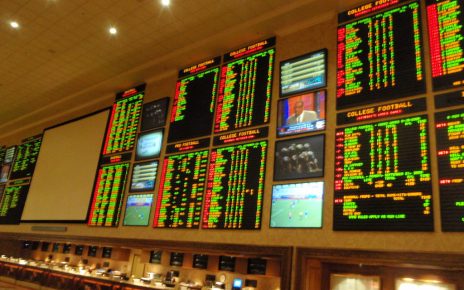Gambling are most often games of chance evoking a sense of thrill, randomness and leisure. Therese playful features attract almost 80% of adult Americans who indulge in wagering at least once in their lifetime. The most common purpose of wagering is excitement, money or entertainment. Initially these are propelling force for gambling, but to certain persons it seizes to be entertaining and becomes compulsive. But some players keep on trying their luck despite the meager chance of winning. Unfortunately for some players wagering becomes an addiction like other substance abuse.
Hidden stimulations
To keep gambling entertaining, bet within your means. Log in to fun888 ทางเข้า for varied kinds of games and gamble responsibly. Researchers have tried to find what keeps the human brain hooked to gambling, makes it compulsive. The inbuilt design and graphics can be a reason for the addiction .These hidden stimulations work on casual bettors and on problem gamblers. One of the salient feature of wagering is uncertainty whether the chance of winning or size of the prize money. This element of uncertainty keeps the excitement of gambling alive.
Dopamine
The level of dopamine a neurotransmitter increases during pleasurable activities such as sex, eating or drinking. The secretion of dopamine also increases in situation of uncertainty. The flow of dopamine increases significantly in circumstances when the reward is doubtful. The expectation level increases the dopamine level creating gambling high and severity of it leads to addiction. It reinforces the risk taking appetite witnessed in wagering. The release of dopamine is similar to those occurred in substance abuse like drug or alcohol. Repeated and over exposure to gambling and uncertain situations makes a lasting change in human brain. The change in reward pathway of brain is similar to that of drug addiction.
The reward pathway gradually becomes hypersensitive. Animal studies put forward brain alteration due to improbability can enhance the curving of drug or gambling of the effected person. The recurring exposure to uncertainty alters a player`s response to losing. Counter instinctively losing money activates the reward pathway of the problem gambler and dopamine is released to same extent as of winning. Consequently the compulsive gambler keeps on gambling in spite of the heavy financial loss. Rather than frustration prompting to quit for the day, the person gambles more a phenomenon known as chasing the loss.
Immersive experience
Gambling is not mere wins or loses, but about the immersive experience the player gets. The environment of flashy lights and jangling sound creates an immersive ambience. This is more applicable in Vegas styled traditional casinos but a replica is created in online gambling portals and in apps. The created environment acts as a stimulus to gamble more there are not sheer frills. Theses become more impending when paired with uncertainty of reward. The jingle associated with slot wins varying length and size according to winning sum increase the excitement and skew the duration of gambling. Sound has been integral part of slot machines since the inception. Modern slot machines are incorporated with over four sound effects which influence the gambler`s psychology.




